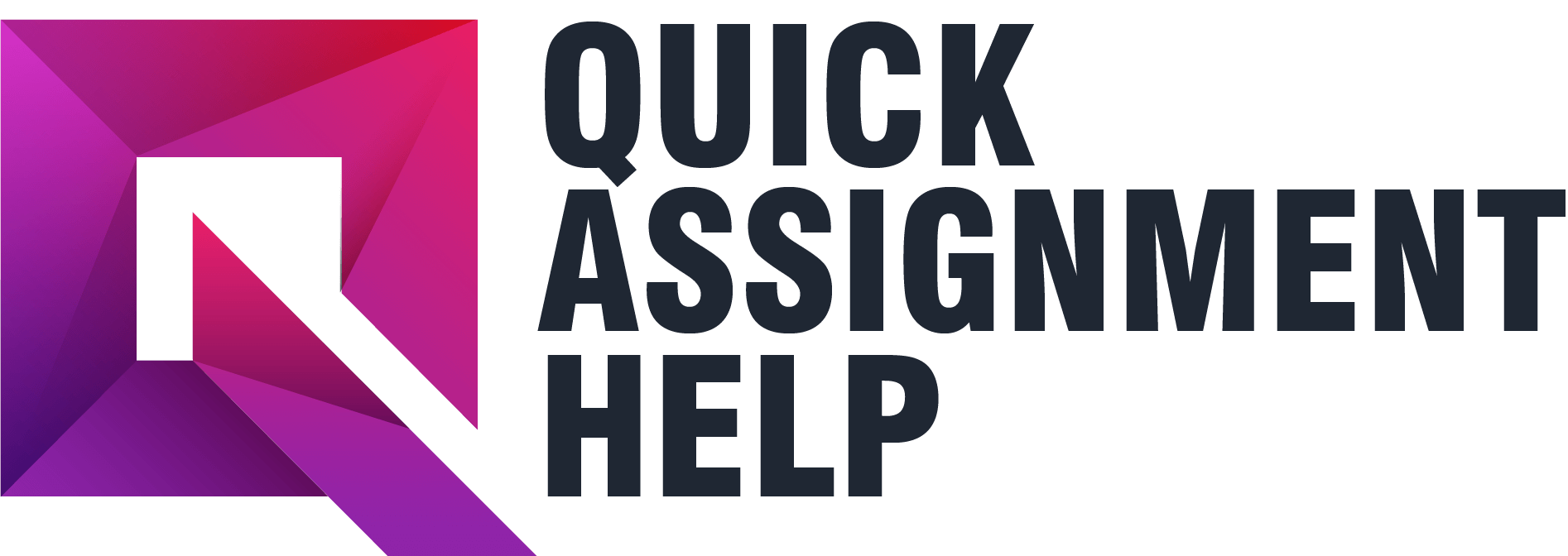Last Updated on February 15, 2023 by Admin
Explain the concept of a knowledge worker. Define and explain nursing informatics and highlight the role of a nurse leader as a knowledge worker
The term “knowledge worker” was first coined by management consultant and author Peter Drucker in his book, The Landmarks of Tomorrow (1959). Drucker defined knowledge workers as high-level workers who apply theoretical and analytical knowledge, acquired through formal training, to develop products and services. Does this sound familiar?
Nurses are very much knowledge workers. What has changed since Drucker’s time are the ways that knowledge can be acquired. The volume of data that can now be generated and the tools used to access this data have evolved significantly in recent years and helped healthcare professionals (among many others) to assume the role of knowledge worker in new and powerful ways.
In this Assignment, you will consider the evolving role of the nurse leader and how this evolution has led nurse leaders to assume the role of knowledge worker. You will prepare a PowerPoint presentation with an infographic (graphic that visually represents information, data, or knowledge. Infographics are intended to present information quickly and clearly.) to educate others on the role of nurse as knowledge worker.
Reference: Drucker, P. (1959). The landmarks of tomorrow. New York, NY: HarperCollins Publishers.
To Prepare:
- Review the concepts of informatics as presented in the Resources.
- Reflect on the role of a nurse leader as a knowledge worker.
- Consider how knowledge may be informed by data that is collected/accessed.
The Assignment:
- Explain the concept of a knowledge worker.
- Define and explain nursing informatics and highlight the role of a nurse leader as a knowledge worker.
- Include one slide that visually represents the role of a nurse leader as knowledge worker.
- Your PowerPoint should Include the hypothetical scenario you originally shared in the Discussion Forum. Include your examination of the data that you could use, how the data might be accessed/collected, and what knowledge might be derived from that data. Be sure to incorporate feedback received from your colleagues’ responses.
| Develop a 4-slide PowerPoint presentation that addresses the following:
· Explain the concept of a knowledge worker. |
32 (32%) – 35 (35%)
The presentation clearly and accurately explains the concept of a knowledge worker. The presentation clearly and accurately defines and explains nursing informatics with a detailed explanation of the role of the nurse leader as a knowledge worker. Includes: 3 or more peer-reviewed sources and 2 or more course resources. |
28 (28%) – 31 (31%)
The presentation explains the concept of a knowledge worker. The presentation defines and explains nursing informatics with an explanation of the role of the nurse leader as a knowledge worker. Includes: 2 peer-reviewed sources and 2 course resources. |
25 (25%) – 27 (27%)
The presentation inaccurately or vaguely explains the concept of a knowledge worker. The presentation inaccurately or vaguely defines and explains nursing informatics with an inaccurate or vague explanation of the role of the nurse leader as a knowledge worker. Includes: 1 peer-reviewed sources and 1 course resources. |
0 (0%) – 24 (24%)
The presentation inaccurately and vaguely explains the concept of a knowledge worker or is missing. The presentation inaccurately and vaguely defines and explains nursing informatics with an inaccurate and vague explanation of the role of the nurse leader as a knowledge worker or is missing. Includes: 1 or fewer resources. |
|
| · Develop a simple infographic to help explain these concepts. | 14 (14%) – 15 (15%)
The presentation provides an accurate and detailed infographic that helps explain the concepts related to the presentation. |
12 (12%) – 13 (13%)
The presentation provides an infographic that helps explain the concepts related to the presentation. |
11 (11%) – 11 (11%)
The presentation provides an infographic related to the concepts of the presentation that is inaccurate or vague. |
0 (0%) – 10 (10%)
The infographic provided in the presentation related to the concepts of the presentation is inaccurate and vague, or is missing. |
|
| · Present the hypothetical scenario you originally shared in the Discussion Forum. Include your examination of the data you could use, how the data might be accessed/collected, and what knowledge might be derived from the data. Be sure to incorporate feedback received from your colleagues’ replies. | 32 (32%) – 35 (35%)
The presentation clearly and thoroughly includes the hypothetical scenario originally shared in the Discussion Forum, including a detailed and accurate examination of the data used, how the data might be accessed/collected, and the knowledge that could be derived from the data. |
28 (28%) – 31 (31%)
The presentation includes the hypothetical scenario originally shared in the Discussion Forum, including an accurate examination of the data used, how the data might be accessed/collected, and the knowledge that could be derived from the data. |
25 (25%) – 27 (27%)
The presentation includes the hypothetical scenario originally shared in the Discussion Forum, including an examination of the data used, how the data might be accessed/collected, and the knowledge that could be derived from the data that is vague or inaccurate. |
0 (0%) – 24 (24%)
The presentation includes the hypothetical scenario originally shared in the Discussion Forum, including an examination of the data used, how the data might be accessed/collected, and the knowledge that could be derived from the data that is vague and inaccurate, or is missing. |
|
| Written Expression and Formatting – Paragraph Development and Organization:
Paragraphs make clear points that support well developed ideas, flow logically, and demonstrate continuity of ideas. Sentences are carefully focused–neither long and rambling nor short and lacking substance. |
5 (5%) – 5 (5%)
Paragraphs and sentences follow writing standards for flow, continuity, and clarity. |
4 (4%) – 4 (4%)
Paragraphs and sentences follow writing standards for flow, continuity, and clarity 80% of the time. |
3.5 (3.5%) – 3.5 (3.5%)
Paragraphs and sentences follow writing standards for flow, continuity, and clarity 60%- 79% of the time. |
0 (0%) – 3 (3%)
Paragraphs and sentences follow writing standards for flow, continuity, and clarity < 60% of the time. |
|
| Written Expression and Formatting – English writing standards:
Correct grammar, mechanics, and proper punctuation |
5 (5%) – 5 (5%)
Uses correct grammar, spelling, and punctuation with no errors. |
4 (4%) – 4 (4%)
Contains a few (1-2) grammar, spelling, and punctuation errors. |
3.5 (3.5%) – 3.5 (3.5%)
Contains several (3-4) grammar, spelling, and punctuation errors. |
0 (0%) – 3 (3%)
Contains many (≥ 5) grammar, spelling, and punctuation errors that interfere with the reader’s understanding. |
|
| Written Expression and Formatting – The paper follows correct APA format for title page, headings, font, spacing, margins, indentations, page numbers, running head, parenthetical/in-text citations, and reference list. | 5 (5%) – 5 (5%)
Uses correct APA format with no errors. |
4 (4%) – 4 (4%)
Contains a few (1-2) APA format errors. |
3.5 (3.5%) – 3.5 (3.5%)
Contains several (3-4) APA format errors. |
0 (0%) – 3 (3%)
Contains many (≥ 5) APA format errors. |
|
| Total Points: 100 | |||||
Overview
In nursing, critical thinking is a very essential skill. Nurses with adequate critical thinking offer quality and safe care to their patient. This is significant when viewed against the background of increasing numbers of adverse patient outcomes and escalating healthcare complaints the top three reasons for adverse patient outcomes are: failure to properly diagnose, failure to institute appropriate treatment, and inappropriate management of complications (NCBI,2018)
The scenario I want to utilize in this discussion is the experience I had 2 years ago when I was working in a medical surgical floor as a charge nurse. During that time, we had patients with central line catheter who acquired Central Line-Associated Blood Stream Infections (CLABSI) while under our care.
Central line associated infections (CLABSI) are treats to patient’s life because it complicates patient condition and prolong their length of hospital stay. As a result of this problem, one of my focus was to reduce the number of patients on our units that will acquire CLABSI, In order to maintain adequate monitoring of the case and to find out the possible cause, with the help of my nurse manager, I collaborate with the Infection Control Department and Informatics Department, we utilized the electronic health records (EHRs) to determine the prevalence rate of CLABSI in our unit over a certain period of time – example 4 weeks.
To detect whether an individual has contracted an infection, I did surveillance compared data on the previously identified infections and use the National Healthcare Safety Network (NHSN) manual as a reference to complication that may arise (Novosad, Fike, Dudeck, et al., 2020). These will help us know the appropriate preventive strategies and treatment method to implement. From my findings and the knowledge that was derived from that data, the rate of CLABSI in my unit was somewhat alarming – and that most of our patients with PICC line and HD access acquired CLABSI.
Have being a nurse for sometimes, I used my clinical judgment and reasoning as the nurse leader (charge nurse) and initiate extensive research with partnership with stakeholders such as the Infection Control Department and Infectious Disease Specialists in our hospitals to come up with strategies on how to prevent CLABSI. I performed review of evidence-based researches, an action plan was formulated and incorporated in our policy such as additional assessment and documentation for monitoring of the potential development of CLABSI.
Also, as a way of preventing and managing CLASBI, certain structural developments was put in place. For instance, technology in hospitals was improved for efficient and effective collection and calculation of days in which catheters are to be used as a proper way of utilizing the central venous catheters. Secondly, the hospital management were involved and they agreed to equip our laboratories by both staff and equipment to provide adequate support for accurate and timely processing and reporting of specimen results.
Also, there was a formation of CLABSI control and prevention programs with adequate staff to allow easy and faster identification of patients facing this condition (Hunger, Van Scoyoc, Bullard, et al., 2020).
Data is highly relevant in nursing practice because it reflects the current healthcare outcomes. Informatics also plays an important role because it allows easier access of these data (McMullan, R. L., & Gordon, A. 2018). Because nurses regularly review individual patient data, they’re the essential communicators to providers about any overt or subtle changes in a patient’s condition.
Informatics is very important in nursing because it helps by enabling better collaboration and coordination among healthcare providers, streamlining medical quality assurance processes, improving cost-efficiency in healthcare delivery and increasing accuracy and efficiency in facility/practice management (Hunger, Van Scoyoc, Bullard, et al., 2020).
References
Hunger, S., Van Scoyoc, K., Bullard, T., Kukla, M. B., & Davis, M. B. (2020). Two Person
Dressing Change Team to Prevent Central Line-Associated
NCBI (Nove,2018) Clinical Reasoning, Decision-making, and Action: Thinking Critically and Clinically
McMullan, R. L., & Gordon, A. (2018). Antibiotics at the time of removal of central venous catheter to reduce morbidity and mortality in newborn infants. Cochrane Database of Systematic Reviews, (3). Retrieved from https://www.cochranelibrary.com/cdsr/doi/10.1002/14651858.CD012181.pub2/full.
Novosad, S. A., Fike, L., Dudeck, M. A., Allen-Bridson, K., Edwards, J. R., Edens, C., … & Kuhar, D. (2020). Pathogens causing central-line-associated bloodstream infections in acute-care hospitals-United States, 2011-2017. Infection Control & Hospital Epidemiology, 41(3), 313-319.
https://doi.org/10.1017/ice.2019.303
Expert Answer and Explanation
Slide 1:
Knowledge workers is a concept used to describe persons/employees who develop product or services or even make quality improvements in organization processes by collecting, a processing, analyzing and disseminating evidence-based information (Bergren & Maughan, 2020) The concept of knowledge workers was coined by Peter Drucker, who considered nurses as knowledge workers who are supposed to apply “theoretical and analytical knowledge acquired through formal training,” (Drucker, 1959).
Therefore, using Peter Drucker’s analogy of knowledge workers, then nurses can be considered as knowledge workers who, through formal training are able to apply analytical and theoretical knowledge to impart quality and safe care to patients. Nurses in their work setting are required to constantly collect information to from patients and other credible sources that will facilitate to provide evidence-based solutions to different healthcare issues.
Slide 2:
Nursing informatics is a field that involves nursing, computer and information sciences, to develop systems that can be used to manage healthcare information to support nursing practice (Collins et al., 2017). Nursing informatics employ information and computer sciences to develop systems that can be used to enhance delivery of patient care by improving efficiency and effectiveness of nursing processes.
The role of a nurse leader as a knowledge worker
Nurse leaders are supposed to be at advocates in providing evidence-based care to patients. and to do so, they have to play the role of a knowledge worker. Nurse leader, using nursing informatics systems are required to collect vital information and use the same information to deliver safe and quality care to patients.
Similarly they are supposed to used collected data to identify lacking areas to initiate positive changes in their areas of influence. Nurse leaders are also supposed to facilitate continuous learning in the setting by disseminating evidence-based information to their subordinates (Mosavian Pour, 2017).
Slide 3:
The case scenario involve a 43-year old male diabetic patient who presents to the clinic with various clinical manifestations. The patient indicated that he had been experiencing episodes of seizures, and it is the second month since these seizures began. He relapsed into using the alcohol, four months after he successfully completed his rehab time.
Some of the data that will be used include the previous hypertension and diabetes medications which the patient used for treatment, to guide clinical decision and prevent adverse drug reactions. Data concerning patient’s current behavior
Collection of data will involve directly asking the patient questions to collect his medical history and use of EHRs to store and retrieve the collected information, when needed from the system.
Some of the knowledge that can be acquired from the collected data include information on how a patient responds to the interventions prescribed, how the patient adheres to the medication regimen prescribed, and possible adverse events which the patient experienced while undergoing treatment
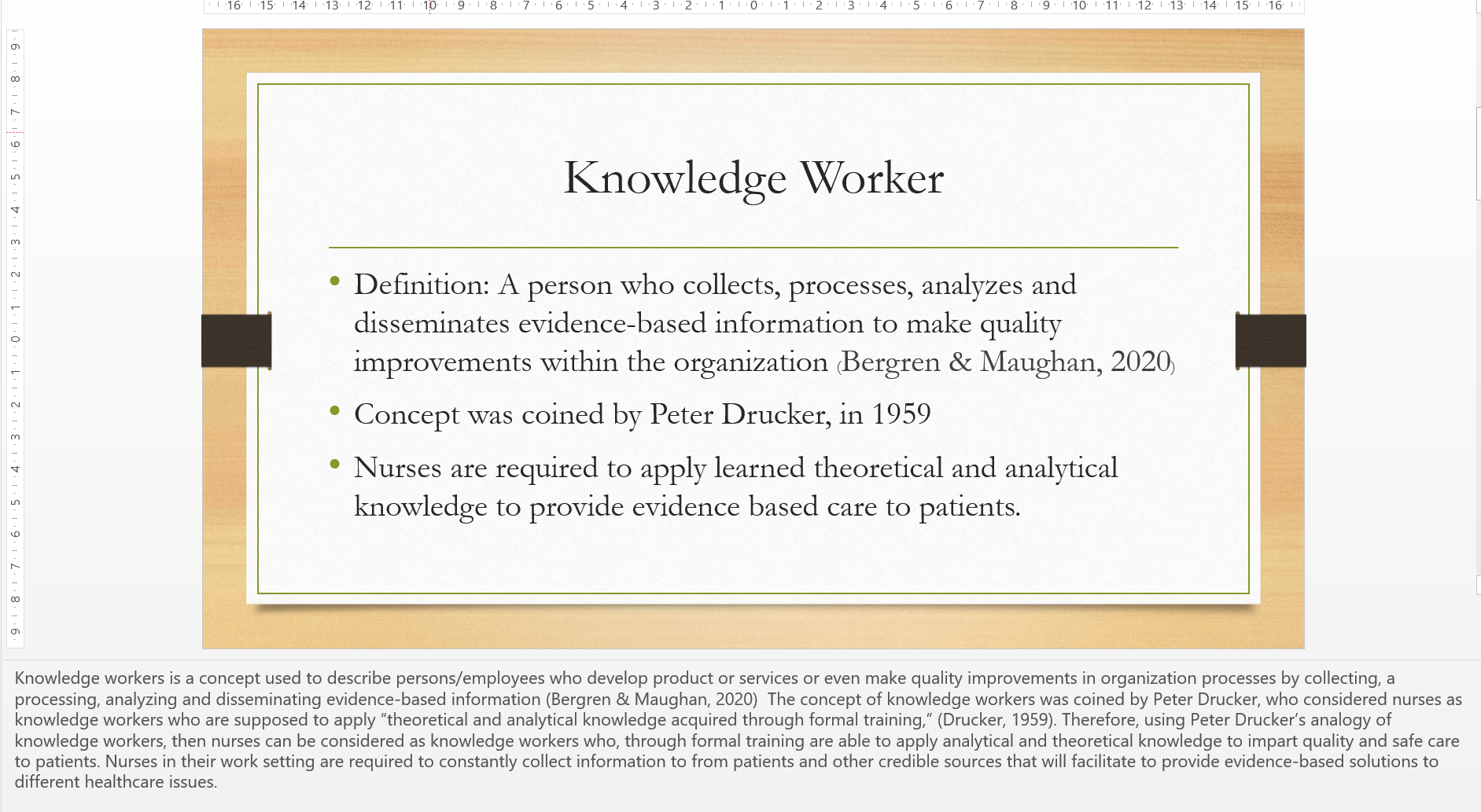
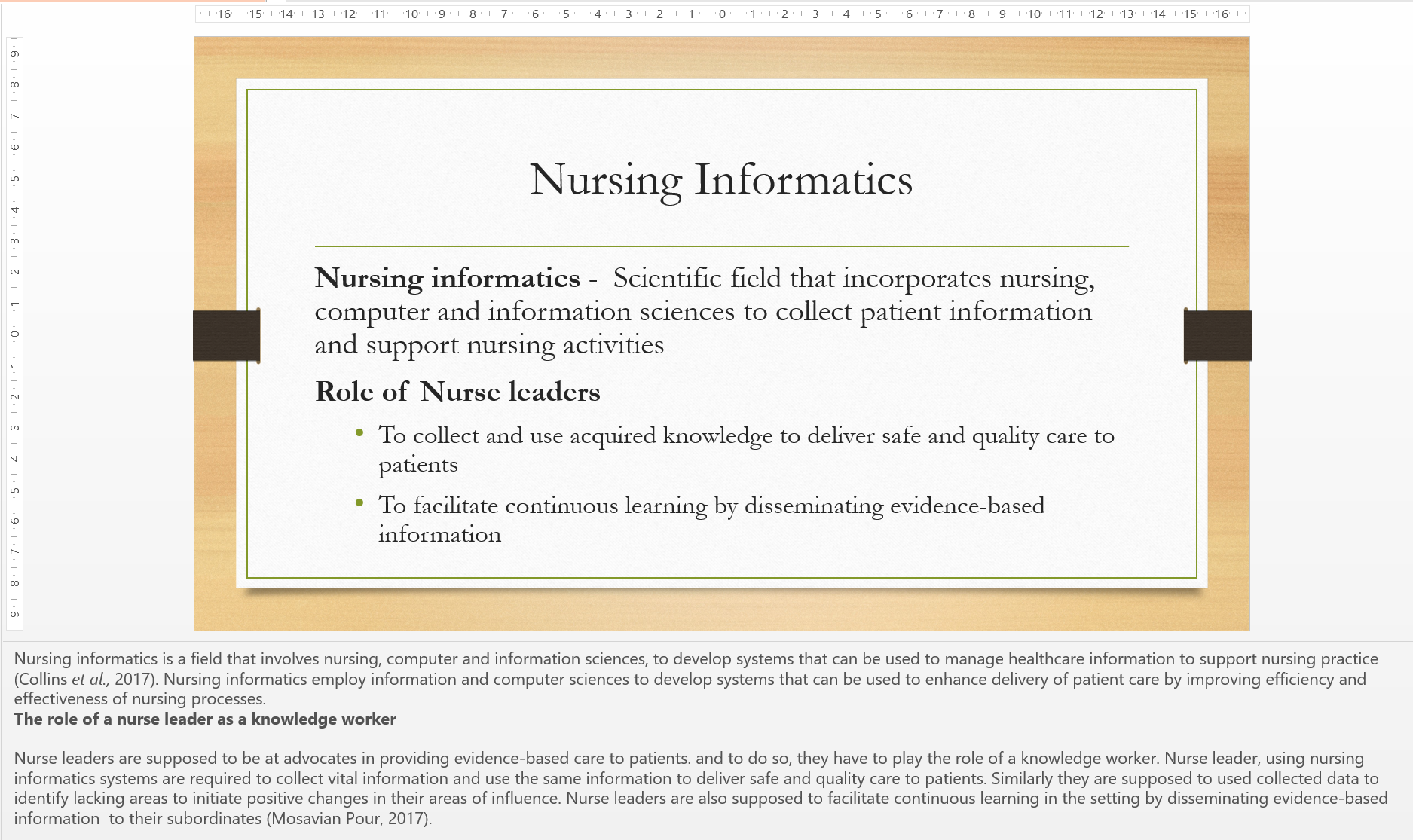
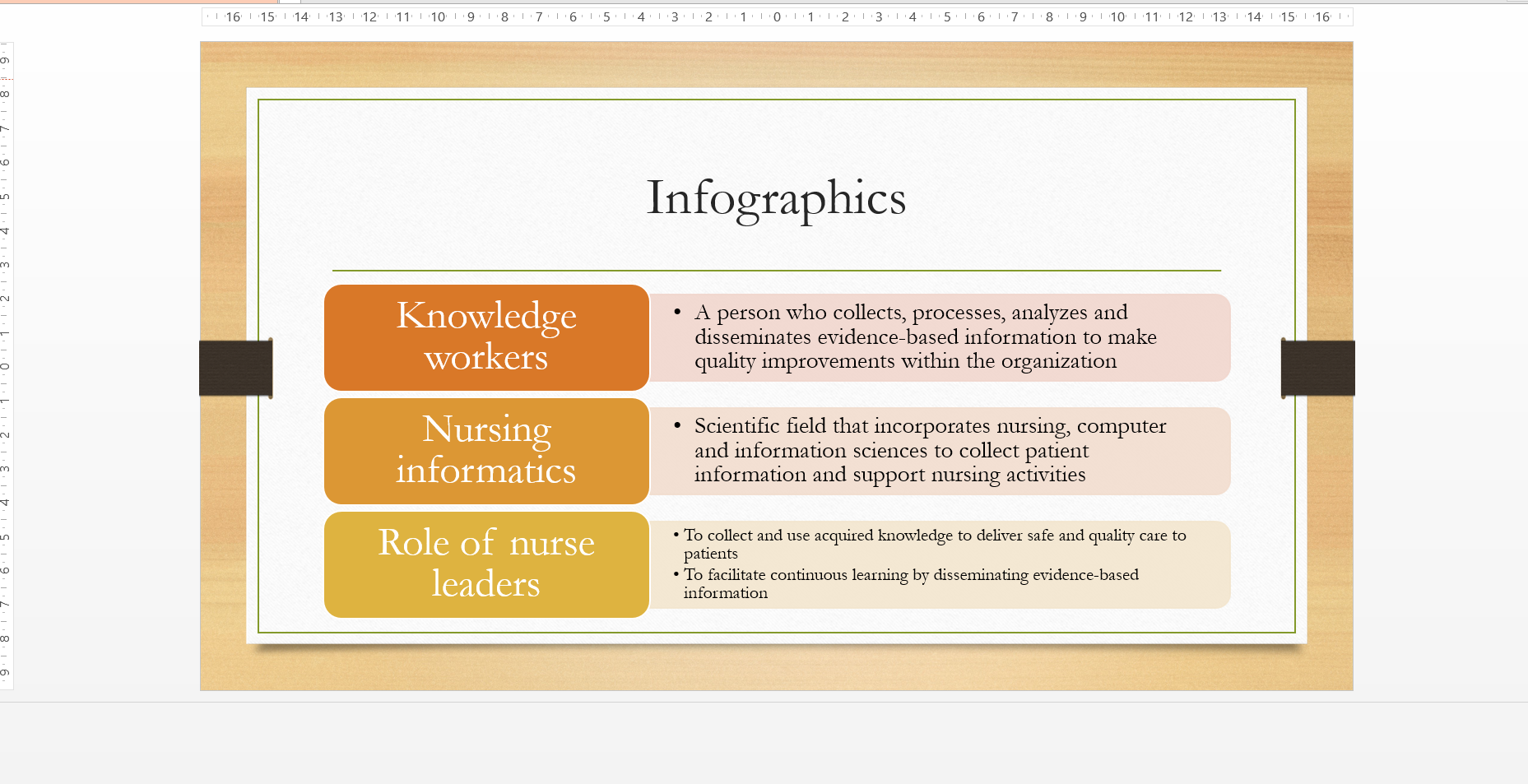
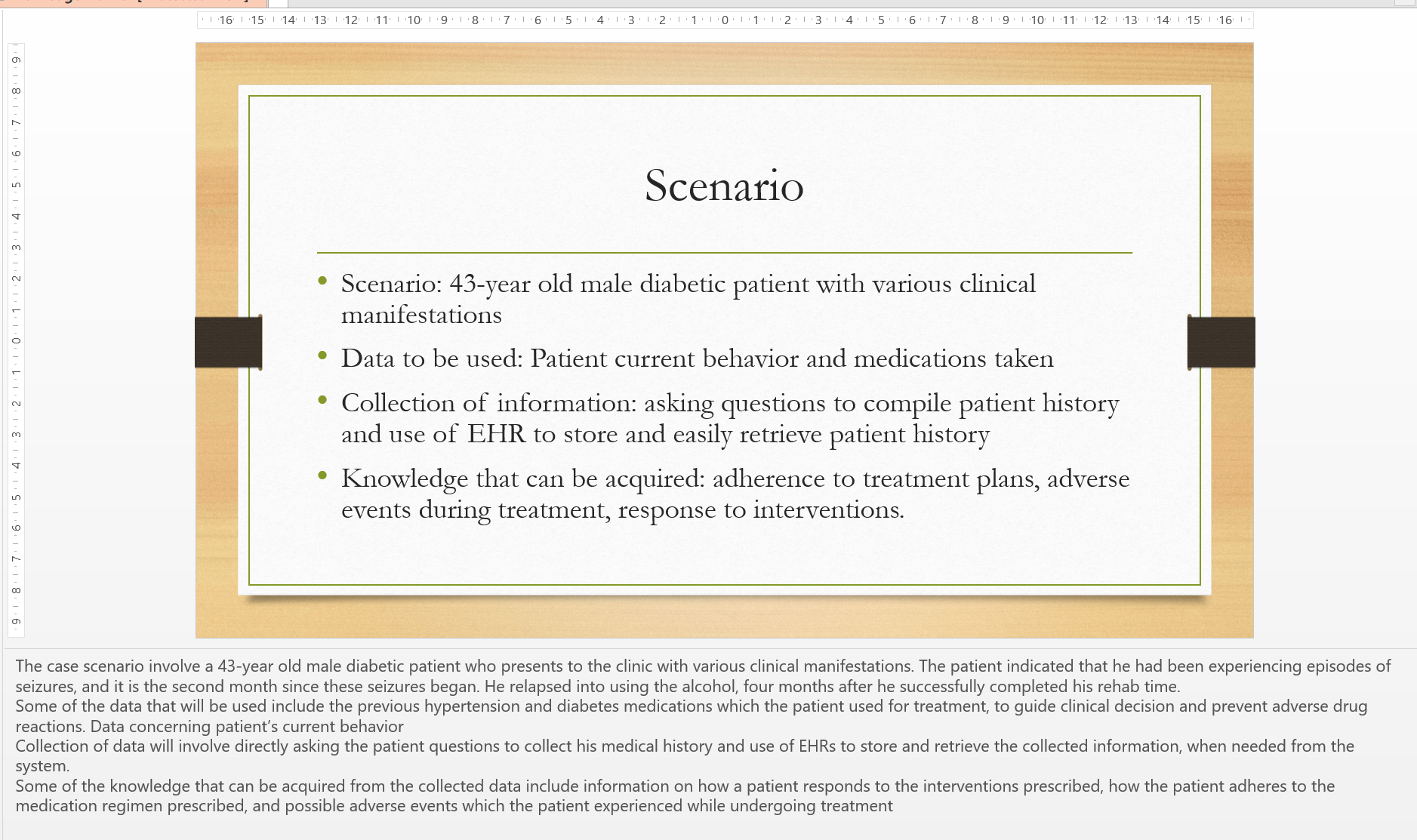
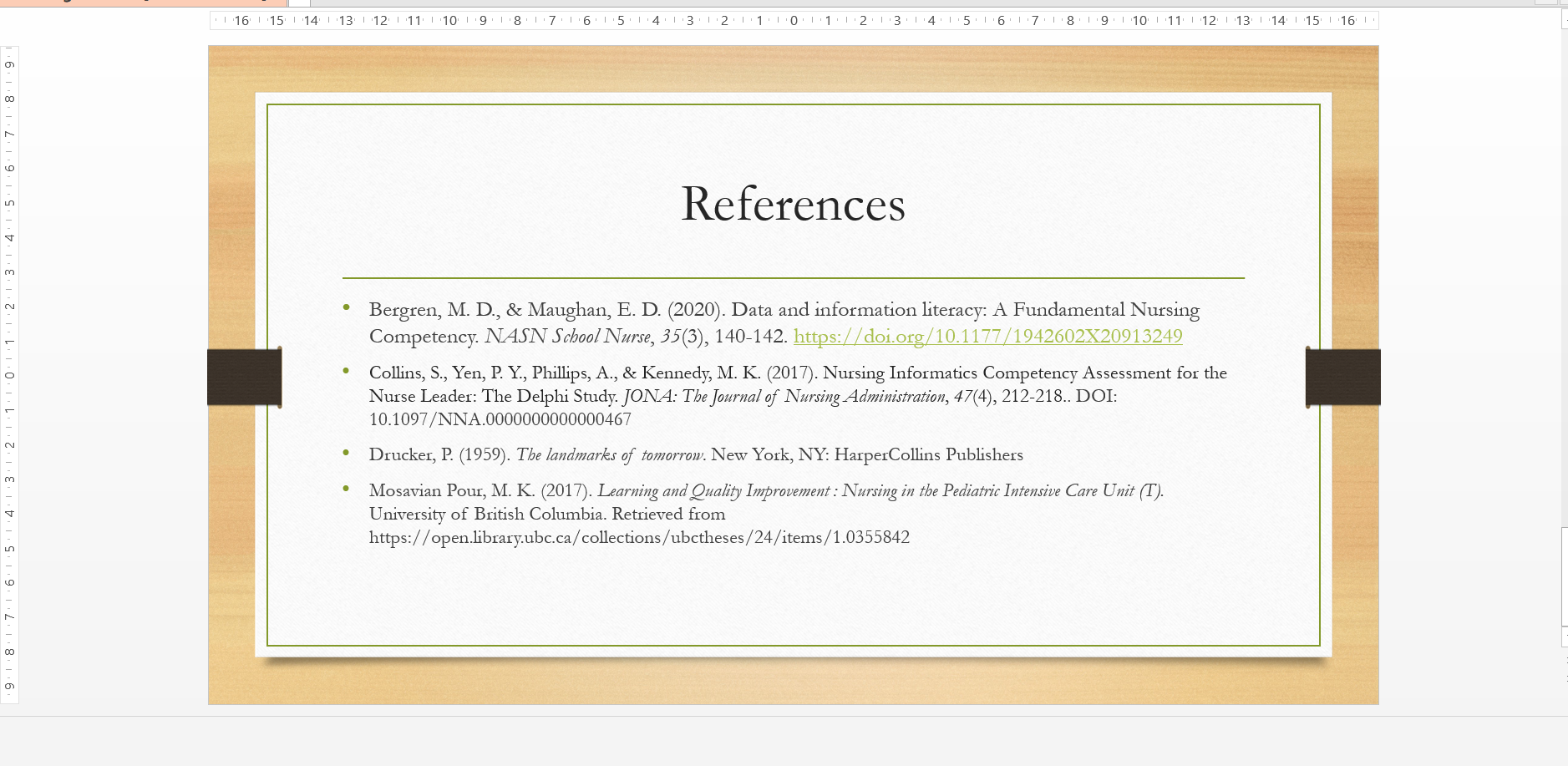
Place your order now for the similar assignment and get fast, cheap and best quality work written by our expert level assignment writers.
Use Coupon Code: NEW30 to Get 30% OFF Your First Order
Answered Questions:
[ANSWERED] Identify a quality improvement opportunity in
[ANSWERED] Develop an interview questionnaire to be used in a family-focused functional assessment
[ANSWERED] Select a family, other than your own, and seek
ANSWERED! In this project you will select an organization or
[ANSWERED] What is the significance of the product lifecycle
ANSWERED! How can different types of attributions and
FAQs
A nurse as knowledge worker
A nurse as a knowledge worker is a healthcare professional who utilizes their specialized knowledge and skills to provide high-quality patient care. As a knowledge worker, a nurse is responsible for critically analyzing data, applying evidence-based practice, and making informed decisions to provide the best possible care for patients.
Nurses are constantly learning and adapting to new information, technologies, and best practices. They must stay up-to-date with the latest medical research, guidelines, and regulations to provide the highest level of care possible. Nurses also collaborate with other healthcare professionals to ensure a coordinated approach to patient care.
Nurses have a wide range of specialized knowledge and skills, including:
- Clinical expertise: Nurses are skilled in assessing, monitoring, and treating patients. They are trained to administer medications, provide wound care, manage pain, and perform other clinical tasks.
- Critical thinking: Nurses must be able to analyze complex data and make informed decisions about patient care. They must be able to recognize changes in a patient’s condition and respond quickly to emergent situations.
- Communication: Nurses must be able to communicate effectively with patients, families, and other healthcare professionals. They must be able to explain complex medical information in a way that is easy to understand.
- Leadership: Nurses may serve in leadership roles, managing teams of healthcare professionals, developing policies and procedures, and overseeing patient care.
- Technology: Nurses must be comfortable utilizing technology, such as electronic health records and telehealth, to provide patient care.
Overall, nurses as knowledge workers play a critical role in healthcare delivery, and their expertise and commitment to ongoing learning are essential to improving patient outcomes and ensuring high-quality care.
Developing clinical practice environments supporting the knowledge work of nurses
Developing clinical practice environments that support the knowledge work of nurses is essential for providing high-quality patient care and improving patient outcomes. Here are some key strategies for creating supportive clinical practice environments for nurses:
- Encourage lifelong learning: Providing ongoing opportunities for nurses to learn and develop their skills is critical for supporting knowledge work. Offering continuing education programs, mentorship, and opportunities for professional development can help nurses stay up-to-date with the latest research and best practices.
- Foster a culture of collaboration: Creating a culture that supports collaboration and teamwork among healthcare professionals can enhance communication, improve patient outcomes, and increase job satisfaction among nurses. Encouraging interdisciplinary rounds, regular team meetings, and fostering a collaborative work environment can help create a sense of shared purpose and improve outcomes for patients.
- Provide adequate staffing: Adequate staffing is critical for supporting nurses in their knowledge work. Ensuring appropriate nurse-to-patient ratios and staffing levels can help prevent burnout and improve the quality of patient care.
- Implement evidence-based practice: Implementing evidence-based practice in clinical settings is essential for providing high-quality, safe, and effective patient care. Developing and implementing evidence-based guidelines, protocols, and pathways can help support nurses in their knowledge work and ensure that patient care is consistent with the latest research.
- Leverage technology: Technology can be a powerful tool for supporting the knowledge work of nurses. Electronic health records, telehealth, and other technologies can help nurses access critical patient information quickly and collaborate with other healthcare professionals more efficiently.
In summary, creating clinical practice environments that support the knowledge workers in healthcare is essential for improving patient outcomes and ensuring high-quality patient care. Encouraging lifelong learning, fostering collaboration, providing adequate staffing, implementing evidence-based practice, and leveraging technology can help create a supportive environment for nurses to do their best work.
What is the concept of a knowledge worker
The concept of a knowledge worker refers to a type of employee whose primary job involves the creation, management, and dissemination of knowledge, information, and expertise. Unlike manual workers, who use physical labor to produce goods, knowledge workers use their minds to produce intangible outputs, such as ideas, insights, and analysis.
Examples of knowledge workers include professionals in fields such as management, law, healthcare, engineering, education, research, and information technology. These workers typically require a high level of education, training, and skills to perform their jobs effectively.
Knowledge workers are essential in today’s economy, which is increasingly focused on information, innovation, and technology. They are often paid higher salaries than manual workers due to their specialized skills and the value they bring to organizations. However, the concept of a knowledge worker is not limited to the workplace, as many people engage in knowledge work as part of their daily lives, such as entrepreneurs, academics, and other professionals who rely on their expertise to create value.
Nurse leaders as knowledge workers
Nurse leaders can be considered knowledge workers, as they are responsible for managing and coordinating healthcare services and staff, which requires a high level of knowledge, expertise, and experience.
As knowledge workers, nurse leaders are expected to continually expand their knowledge base and keep up with new developments in healthcare practices, policies, and technologies. They must be able to analyze complex data, identify problems and solutions, and effectively communicate and collaborate with others to achieve positive outcomes.
Moreover, nurse leaders are responsible for mentoring and developing other healthcare professionals, such as nurses and nursing students, by sharing their knowledge and expertise. They must possess strong leadership, communication, and interpersonal skills to effectively manage teams and collaborate with other healthcare professionals.
In addition to their technical knowledge, nurse leaders must also have a deep understanding of the social, cultural, and ethical factors that impact patient care. They must be able to navigate complex ethical issues, advocate for patients’ rights, and ensure that healthcare services are delivered in a manner that is equitable, accessible, and respectful of cultural diversity.
Overall, nurse leaders play a critical role in driving innovation, improving patient outcomes, and shaping the future of healthcare. Their work requires a combination of technical expertise, leadership skills, and a commitment to ongoing learning and professional development, all of which are essential characteristics of knowledge workers.
The role of a nurse leader as a knowledge worker
The role of a nurse leader as a knowledge worker is multifaceted and includes a range of responsibilities related to managing healthcare services and staff, providing expert guidance and advice, and driving innovation and improvement in patient care.
One of the key roles of a nurse leader as a knowledge worker is to stay up-to-date with the latest developments in healthcare practices, policies, and technologies. This involves engaging in ongoing learning and professional development activities, such as attending conferences, completing training programs, and reading scholarly articles, to continuously expand their knowledge and expertise.
In addition, nurse leaders must be able to analyze complex data and information to identify problems and develop solutions. They must possess strong critical thinking and problem-solving skills to effectively navigate the challenges of healthcare management and find innovative ways to improve patient outcomes.
Nurse leaders also play a critical role in mentoring and developing other healthcare professionals. They must possess strong communication and interpersonal skills to effectively share their knowledge and expertise and provide guidance and support to nurses and other staff members.
Another important role of nurse leaders as knowledge workers is to drive innovation and improvement in patient care. They must be able to identify new technologies, practices, and policies that can enhance patient outcomes and lead the implementation of these innovations in their healthcare organizations.
Overall, the role of a nurse leader as a knowledge worker is essential to ensuring the provision of high-quality, safe, and effective patient care. By leveraging their knowledge, expertise, and leadership skills, nurse leaders can make a significant contribution to the improvement and advancement of healthcare services.
